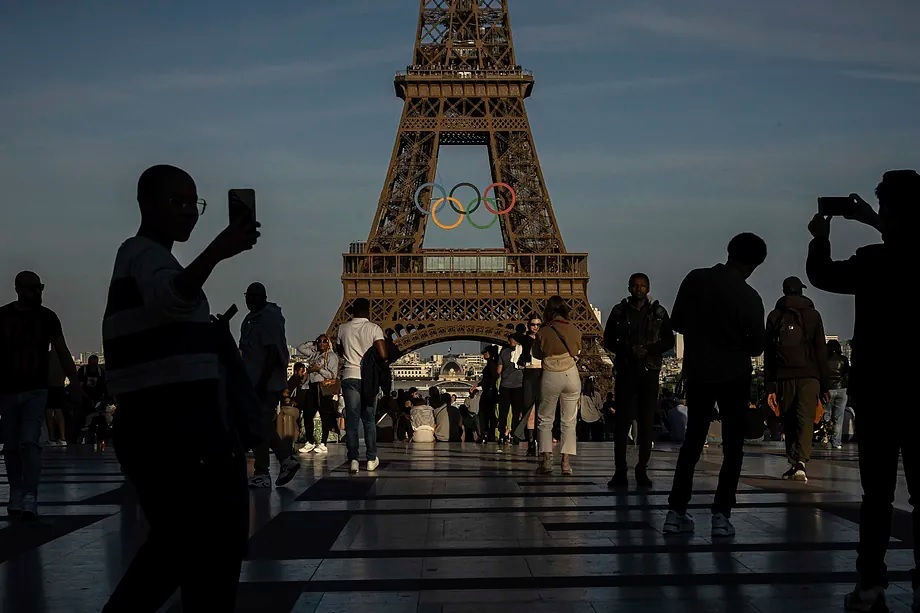Paris aims to perpetuate its Olympic dream by preserving its symbols forever. It has already proposed to permanently leave the cauldron, making it a part of the Parisian landscape and allowing it to continue illuminating the capital's nights. Now the idea is to also preserve the Olympic rings, which have been displayed on the Eiffel Tower since July 26, the day of the opening ceremony.
The mayor of Paris, Anne Hidalgo, has proposed to keep them once the Paralympic Games end this Sunday. "It is a good idea to link the Eiffel Tower, a monument that was meant to be temporary for a world exhibition and stayed, to the Games, another temporary moment that has marked Paris and the country," the mayor suggested in statements to the newspaper Ouest-France.
France has a certain Olympic nostalgia. During the two weeks of the Games, the French lived in a kind of parenthesis of optimism and happiness. The sporting event was a success in terms of public attendance, atmosphere, and organization. Two weeks that were also a relief after a month of political chaos caused by Emmanuel Macron's decision to call for early legislative elections.
The mayor, aware of this legacy and whose image has been strengthened by this event, wants this memory to remain. The next municipal elections will be held next year. However, the decision to permanently keep the rings on the Eiffel Tower has sparked controversy, as many consider it an attack on national heritage.
Anne Hidalgo assures that she has the authorization from the International Olympic Committee to leave them permanently installed. The Minister of Culture in office, Rachida Dati, has pointed out that the Eiffel Tower is a protected heritage site and has asked the mayor to respect the legal procedures before making decisions.
She reminded her that the rings could be installed on the Tower during those weeks but "only temporarily." "The Eiffel Tower is a protected monument, the work of an immense engineer and creator. Respect for his work requires, before making any substantial changes, approval and an assessment of the impact," the minister stated on X (formerly Twitter).
Gustave Eiffel's descendants have opposed the rings remaining on France's most famous monument, as they do not want it to "be definitively associated with an organization like the Olympic Games." "If the rings stay a little longer, after the Paralympic Games, why not? We see no problem with that, but the Eiffel Tower does not intend to be a billboard," declared Gustave Eiffel's great-great-grandson and president of the descendants' association, Olivier Berthelot-Eiffel, to the AFP news agency.
"The Tower has become a symbol of Paris and France, and it has a broader purpose than being definitively associated with an organization like the Games," he insisted.
There is more consensus with the idea of keeping the Olympic cauldron. It has had an unexpected and overwhelming success. Emmanuel Macron himself wants to keep it. Installed in the Tuileries Garden, it has been visited by more than 200,000 people and has become one of the capital's main tourist attractions. Thousands of tourists admire it every night from one of the bridges when it lights up at night, like a full moon over the Seine.
